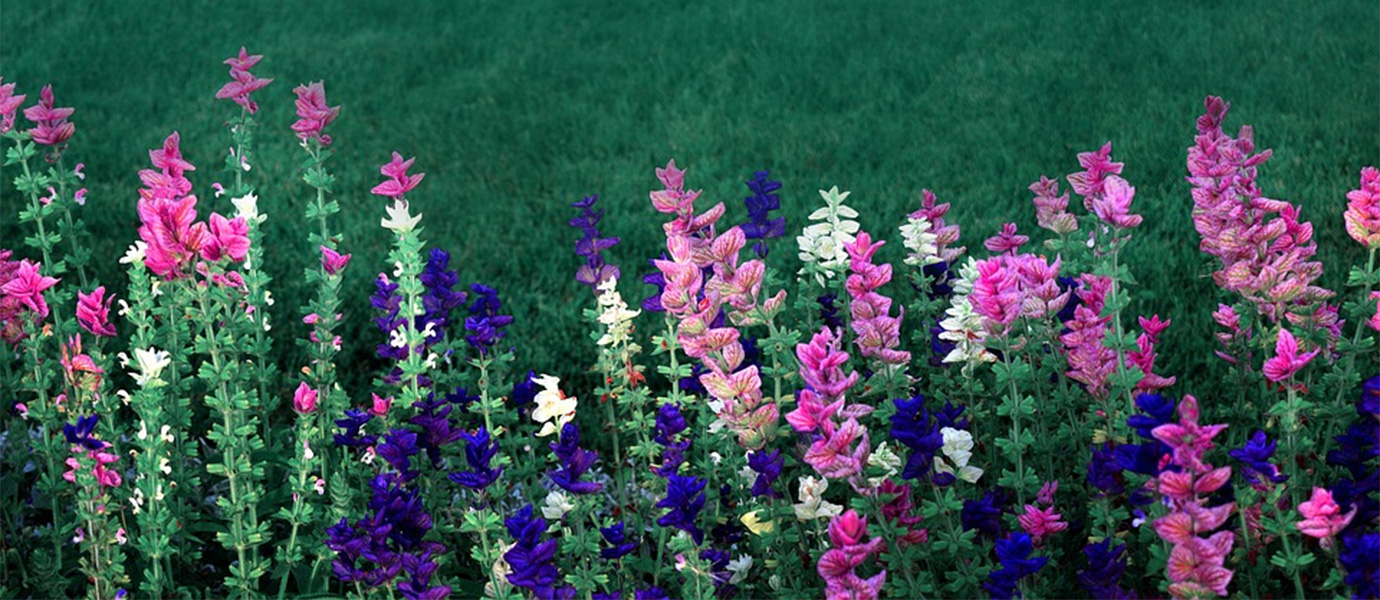ABOUT
Connecticut College Arboretum
The Connecticut College Arboretum provides a welcome connection with the natural world for the community of New London. Groups can go on a self-guided exploration of the 750-acre Native Plant Collection, Caroline Black Garden, and campus international tree collection. The arboretum’s natural areas include Bolleswood Tract and Mamacoke Island, which feature marshes, forests, and more. Students, scouts, homeschoolers, and campers will spot a variety of flora and fauna at the arboretum such as azaleas, weeping hemlocks, tulips, switchgrass, birds, and many others. Guided field trip tours are also available.
contact info
Hrs: Daily, Sunrise-Sunset.
HELPFUL LESSON PLAN(S)
Prepared by FieldTripDirectory.com
Botanical Garden Lesson Plan
FUN FACTS
The diverse world of plants is perhaps the weirdest, and most fascinating, of all living things. Bamboo can grow over three feet in one day (you can literally watch it grow). There are 600 species of carnivorous plants, which trap and digest insects, frogs, or small birds (if a vegetarian eats this plant, are they still a vegetarian?). The world’s largest flower, Rafflesia, can grow up to three feet in diameter (how big would a bouquet be…). Do a little digging on your next trip to a botanical garden (not literally!), and see what interesting plant facts you can find.
View Lesson Plan>>ABOUT
Connecticut College Arboretum
The Connecticut College Arboretum provides a welcome connection with the natural world for the community of New London. Groups can go on a self-guided exploration of the 750-acre Native Plant Collection, Caroline Black Garden, and campus international tree collection. The arboretum’s natural areas include Bolleswood Tract and Mamacoke Island, which feature marshes, forests, and more. Students, scouts, homeschoolers, and campers will spot a variety of flora and fauna at the arboretum such as azaleas, weeping hemlocks, tulips, switchgrass, birds, and many others. Guided field trip tours are also available.
contact info
Hrs: Daily, Sunrise-Sunset.
HELPFUL LESSON PLAN(S)
Prepared by FieldTripDirectory.com
Botanical Garden Lesson Plan
FUN FACTS
The diverse world of plants is perhaps the weirdest, and most fascinating, of all living things. Bamboo can grow over three feet in one day (you can literally watch it grow). There are 600 species of carnivorous plants, which trap and digest insects, frogs, or small birds (if a vegetarian eats this plant, are they still a vegetarian?). The world’s largest flower, Rafflesia, can grow up to three feet in diameter (how big would a bouquet be…). Do a little digging on your next trip to a botanical garden (not literally!), and see what interesting plant facts you can find.
View Lesson Plan>>ABOUT
Connecticut College Arboretum
The Connecticut College Arboretum provides a welcome connection with the natural world for the community of New London. Groups can go on a self-guided exploration of the 750-acre Native Plant Collection, Caroline Black Garden, and campus international tree collection. The arboretum’s natural areas include Bolleswood Tract and Mamacoke Island, which feature marshes, forests, and more. Students, scouts, homeschoolers, and campers will spot a variety of flora and fauna at the arboretum such as azaleas, weeping hemlocks, tulips, switchgrass, birds, and many others. Guided field trip tours are also available.
contact info
Hrs: Daily, Sunrise-Sunset.
HELPFUL LESSON PLAN(S)
Prepared by FieldTripDirectory.com
Botanical Garden Lesson Plan
FUN FACTS
The diverse world of plants is perhaps the weirdest, and most fascinating, of all living things. Bamboo can grow over three feet in one day (you can literally watch it grow). There are 600 species of carnivorous plants, which trap and digest insects, frogs, or small birds (if a vegetarian eats this plant, are they still a vegetarian?). The world’s largest flower, Rafflesia, can grow up to three feet in diameter (how big would a bouquet be…). Do a little digging on your next trip to a botanical garden (not literally!), and see what interesting plant facts you can find.
View Lesson Plan>>
